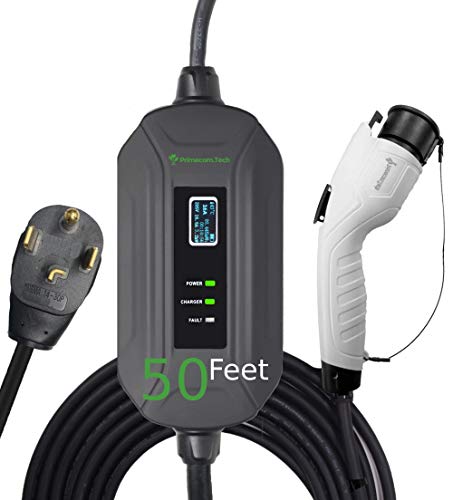ctyler653
Member
Hello,
I bought my Silver 2014 (#2872) used with 30,200 miles in March 2019 to be my daily driver. It's been a great car and problem free since. I've been telling myself I'm going to drive it until it's dead. Now approaching 10 years (still only 53,600 miles) I'm starting to wonder how long that will be, and here I am catching up to all the backlog of info on this site.
Craig
I bought my Silver 2014 (#2872) used with 30,200 miles in March 2019 to be my daily driver. It's been a great car and problem free since. I've been telling myself I'm going to drive it until it's dead. Now approaching 10 years (still only 53,600 miles) I'm starting to wonder how long that will be, and here I am catching up to all the backlog of info on this site.
Craig





































![Car Charger Adapter - [Upgraded Version] Car Fast Charger with 4 Ports (PD+QC3.0+USB C) Atmosphere Light - 12-24V Car Truck SUV Universal USB Cigarette Lighter Adapter(QC3.0+PD+2.4A+2.4A)](https://m.media-amazon.com/images/I/41TzjUqcNaL._SL500_.jpg)





















